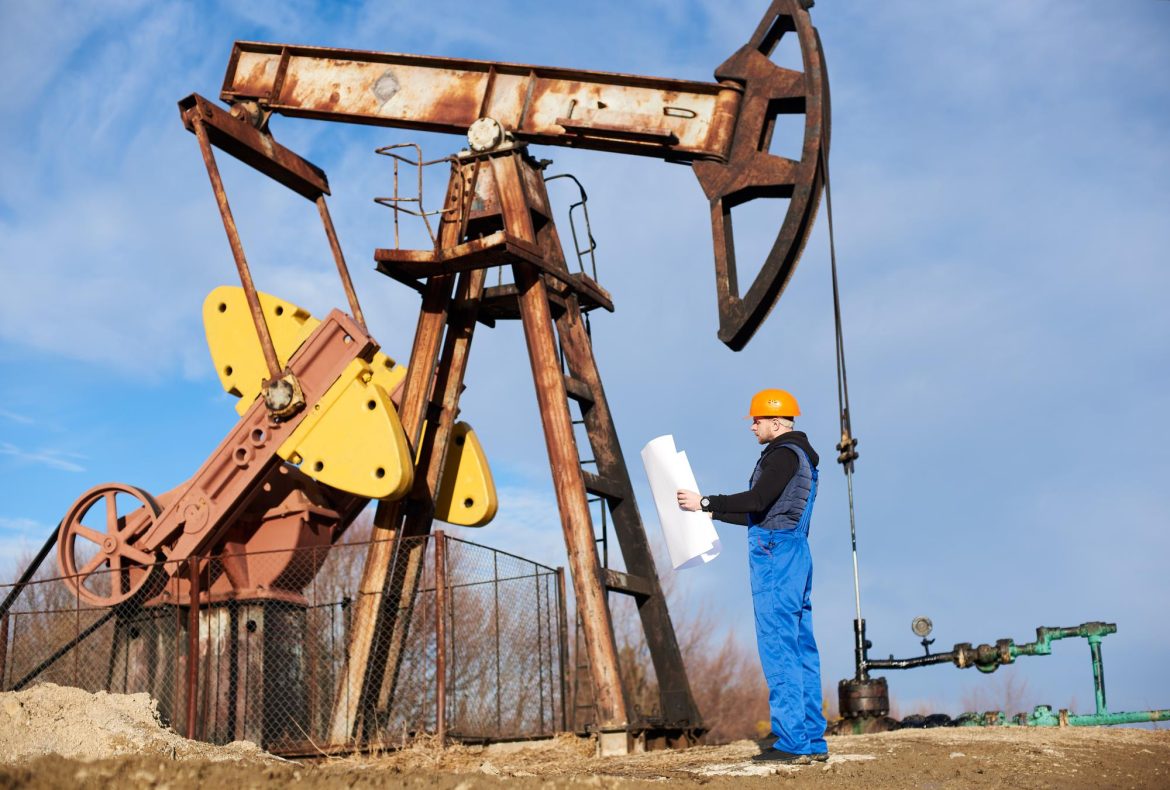The African Energy Chamber, in partnership with Rystad Energy, has released its 2024 Outlook Report, revealing a significant acceleration in onshore drilling activities across Africa. Historically, onshore exploration has constituted the majority of drilling activities on the continent, with an 80-20 split. The upcoming years, however, are expected to see onshore drilling playing an increasingly dominant role, highlighting the industry’s push to unlock untapped and marginal resources.
In 2020, Africa drilled a total of 810 wells, with around 80% of them onshore. This trend is expected to continue, with projections showing a potential rise to over 1,000 wells by 2024, indicating 5% annual growth. This increase, primarily seen in North and East Africa, underscores the strategic focus on inland hydrocarbon reserves. Despite a projected slight decline in well count in 2025, onshore drilling will still dominate, maintaining the 80-20 onshore-offshore ratio.
As drilling activities increase, so does the demand for drilling rigs. From 28 rigs in 2020, the demand is expected to reach 44 rigs by 2024, marking a 55% growth. This rise reflects the resilience and growth of the African energy sector post-pandemic. However, the report cautions that sustained upstream investment and new project sanctioning are critical to achieving production goals and maintaining rig demand.
The report highlights significant onshore drilling activities in both emerging and mature oil and gas markets. In emerging markets like Uganda and Kenya, greenfield projects are driving onshore drilling. Kenya’s South Lokichar Development, for example, is set to begin in 2024 with the drilling of 321 wells.
Conversely, mature markets in North Africa, such as Algeria, are focusing on brownfield projects. Algeria’s rig count is expected to rise significantly by 2027, with increased well drilling and utilization rates. Successful onshore campaigns include the Touat Conventional Gas Field and its upcoming Phase 2 expansion.
According to a report by Energy Capital & Power, Egypt is also making notable investments in natural gas wells, allocating over $1.5 billion for drilling 35 new wells covering onshore and offshore areas. This includes the recent commencement of production from the ED2-X ST1 well in the East Damanhur block, strategically located near existing infrastructure.
The forecast for Africa’s onshore drilling sector is optimistic, with the continent poised to become a central player in global energy markets. Sustained investments, new project approvals, and diversified exploration activities will be vital in maintaining Africa’s upward trajectory and ensuring a robust energy future.



